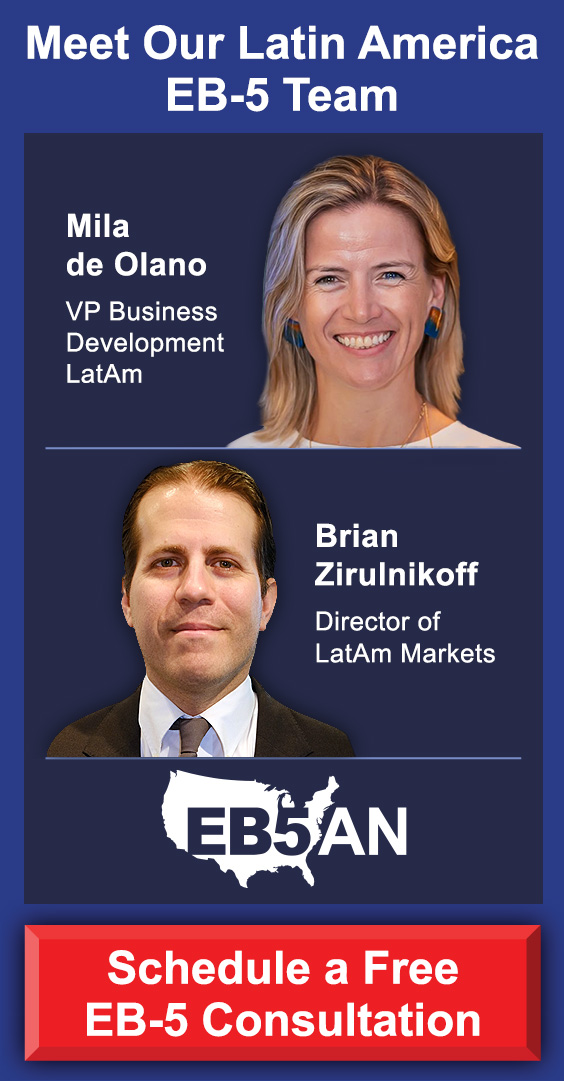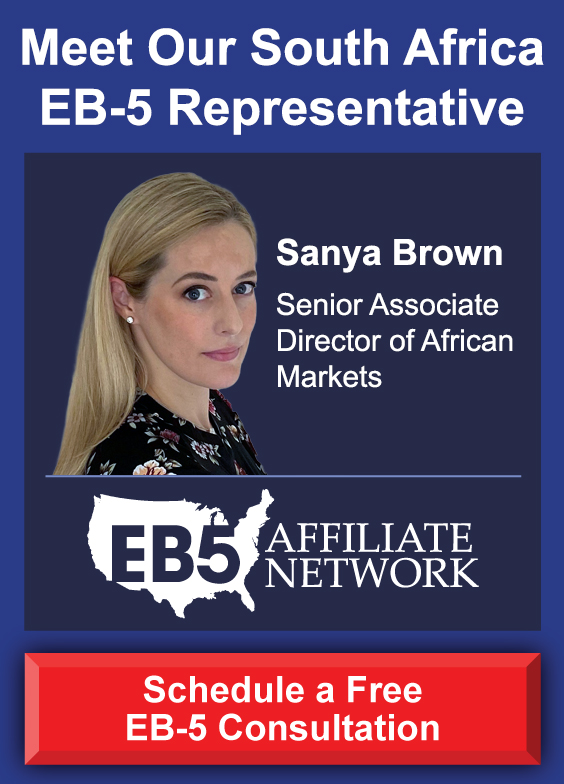Can You Use An EB-5 Unsecured Loan To Fund Your Investment?
The EB-5 program is one of the easiest and quickest ways to gain permanent residency in the United States.
However, it involves investing $800,000 or $1,050,000 in the U.S. economy, depending on whether the investment qualifies as a targeted employment or infrastructure project. This is clearly a lot of money, which leads some EB-5 investors to ask if they can acquire their investment funds using a loan.
EB-5 investments can indeed be funded via a loan, and it’s typically recommended that EB-5 loans be secured. This means that an investor’s assets or property must be used as collateral.
But what if you don’t have assets to secure a loan against? Can you get an unsecured EB-5 loan? The answer is yes—however, United States Citizenship and Immigration Services (USCIS) best practice guidelines still require you to prove your source of funds.
This article explains everything you need to know about using unsecured loans to make an EB-5 investment.
What Are the Rules on EB-5 Unsecured Loans?
Has USCIS Always Accepted EB-5 Unsecured Loans?
Proving Your Source of Funds
Understand Legal Financing Options With EB5 Visa Investments
What Are the Rules on EB-5 Unsecured Loans?
Any loan procured for an EB-5 investment should adhere to the market rate, even in cases of loans between companions. There’s no strict requirement for structuring loans for the purpose of funding an EB-5 investment. However, your application may be rejected by USCIS if the loan doesn’t follow its best practice guidelines.
Has USCIS Always Accepted EB-5 Unsecured Loans?
USCIS temporarily stopped accepting unsecured loans between 2015 and 2020. The agency determined that cash obtained from unsecured loans would be categorized as “indebtedness” rather than “cash”. Based on this decision, USCIS denied many good-faith investors’ I-526 petitions.
Foreign investors take it to the courts: Zhang and Hagiwara v. USCIS
When the I-526 petitions of two EB-5 investors, Zhang and Hagiwara, were denied because their loans were categorized as “indebtedness,” they decided to challenge USCIS in the courts.
When both plaintiffs borrowed $500,000 each in cash for their respective EB-5 investments in 2013, it was common practice. In 2015, however, their I-526 petitions were denied on the grounds that unsecured loans were not a legitimate source of funds. The two joined forces to challenge USCIS in a lawsuit, arguing that the petition denials were an “impermissible interpretation of the governing regulation.”
Though it was a lengthy process, in 2018, the district courts sided with Zhang and Hagiwara. When USCIS appealed the ruling to the U.S. Court of Appeals in 2019 and 2020, the verdict once more favored the investors. The court clarified that cash derived from unsecured loans is considered viable EB-5 investment capital, something that’s even stated in USCIS’s own guidelines.
Did USCIS change its policy?
In April 2021, after much persistence and stress, Zhang’s I-526 petition was approved. This likely indicated that USCIS had reconsidered its position. On July 22, 2021, USCIS announced that it would no longer classify funds from unsecured loans as “indebtedness.”
USCIS now accepts unsecured loans—as long as they are legally acquired. This is good news, as it allows more investors to benefit from the numerous advantages of an EB-5 visa.
Proving Your Source of Funds
To make a successful EB-5 investment, foreign nationals need to fulfill numerous requirements. The strictest among them is providing a source-of-funds proof.
The source-of-funds requirement states that EB-5 investors must compile a comprehensive paper trail showing:
- That they obtained their EB-5 investment capital lawfully
- How the funds were moved to the new commercial enterprise (NCE) that is accepting the EB-5 investment
EB-5 investment money can be transferred from anywhere, as long as the investor can prove that they acquired that money in a lawful way.
Here is a summary showing some examples of the types of documents you may need to provide:
| Source of funds | Documentation |
| Salary payments |
|
| Real estate sales |
|
| Stock proceeds |
|
| Gifts |
|
| Inheritance |
|
| Loans |
|
Get advice from an immigration attorney
It’s still important to act cautiously when using unsecured loans to fund your EB-5 investment. Before making significant decisions, all prospective EB-5 investors should consult a knowledgeable and trustworthy immigration attorney.
Understand Legal Financing Options With EB5 Visa Investments
If you are considering applying for the EB-5 Immigrant Investor Program, but feel overwhelmed or confused by the process, contact EB5 Visa Investments. We are a regional center operator with projects and operations across the United States, currently serving 2,000+ families from 60+ countries.
Our experts can assist with your application, help you understand your options for acquiring EB-5 investment capital, and refer you to a qualified immigration attorney to help you prepare your source of funds report.









